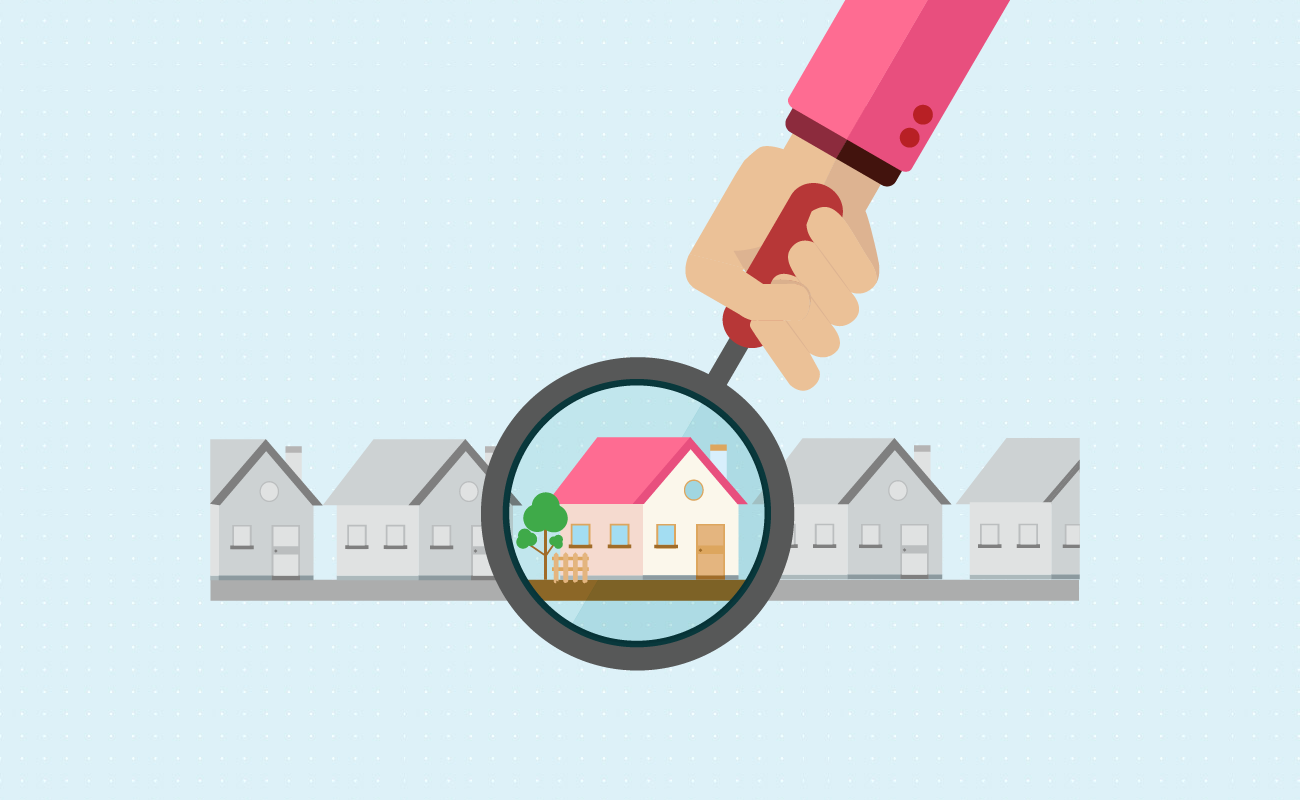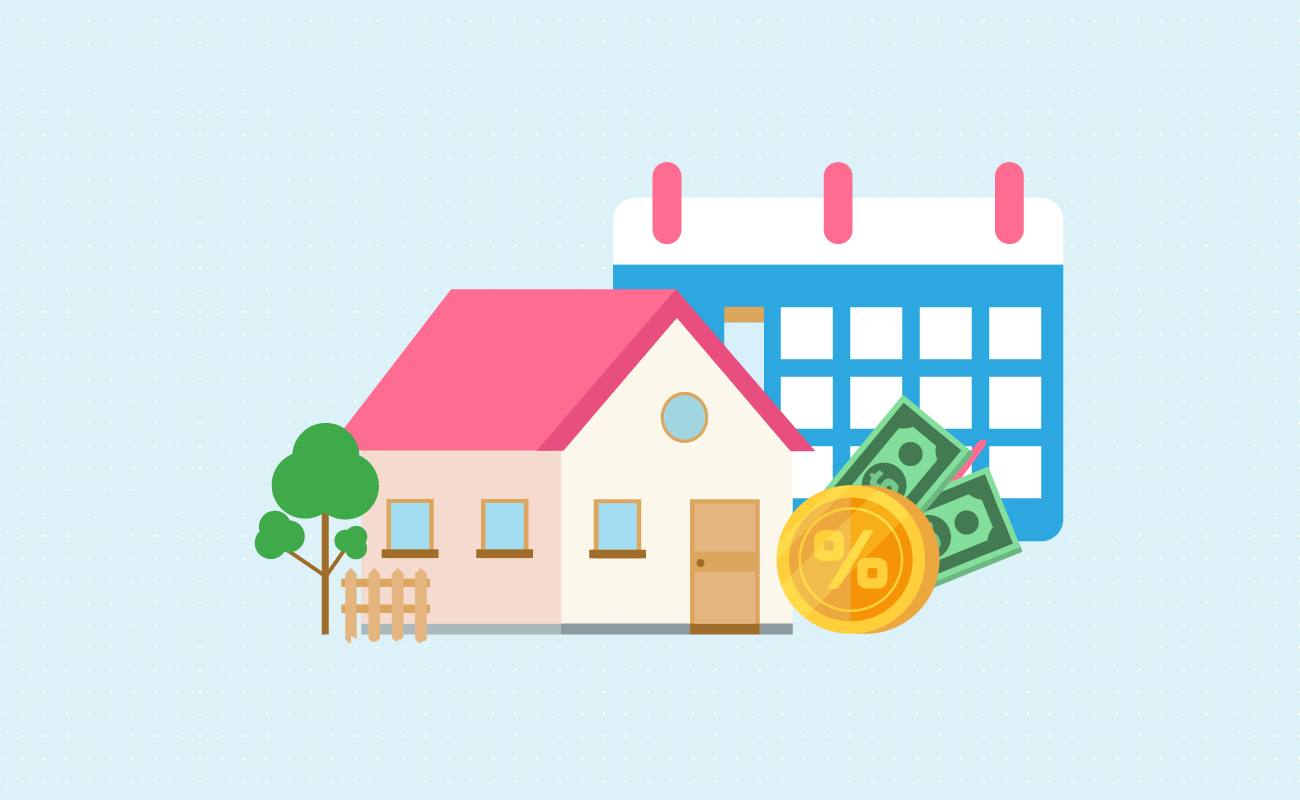Fixed Rates
30 yr
25 yr
20 yr
15 yr
10 yr
Compare Terms
Compare Rates
Real APR
Adjustable Rates
Qualification
Affordability
Renter Affordability
Rent vs Buy
Price per Square Foot
Jumbo
Home Sellers
 Mortgage Term Comparision Calculator
Mortgage Term Comparision CalculatorThis calculator that will help you to compare monthly principal & interest payments and interest costs of home mortgages at various loan term lengths. To make comparisons simple the P&I portion of the loan are shown while other common homeownership expenses are offered as optional inputs. If you do not want to include these other inputs set them to zero. This calculator compares loans across different terms. If you would like to see the impact of rate shifts using the same term please use our mortgage rate comparison calculator. Once you have figured out your preferred term you can use our mortgage amortization calculator to figure the cost with other homeownership expenses included and create a printable amortization schedule.
Guide published by Jose Abuyuan on October 5, 2020

Buying a house entails making important financial choices to secure the best offer. Apart from having a good credit score and enough down payment, you have to choose a mortgage deal with a low rate. Moreover, you must decide on the right loan term that suits your budget.
Before choosing a loan term, it’s worth comparing available options in the market. Mortgages often come in 30-year and 15-year fixed terms. And depending on your priorities, your loan term can result in affordable monthly payments or lower total interest costs.
Our guide will discuss different loan term options, as well as their payment structure. Then, we’ll explain how choosing different loan terms can impact your interest rate, monthly payments, and overall interest expenses. The guide will also walk you through a sample calculation that compares different payment terms.
For mortgages in the U.S., the most common loan terms are 30-year fixed-rate loans, followed by 15-year fixed mortgages. Other less popular mortgage options are 25-year, 20-year, and 10-year fixed-rate loans. Thirty-year fixed mortgages are used by many consumers, especially first-time homebuyers who need affordable monthly payments.
On the other hand, 15-year fixed mortgages (which is half of the 30-year term) are popular refinancing tools. Shorter terms such as 20-year and 10-year fixed mortgages are also used for refinancing. Mortgage refinancing is the process of changing your existing mortgage with a new loan. This allows borrowers to select more favorable terms, such as a lower rate and a shorter payment duration. When done right, refinancing can help maximize your savings.
The loan term determines the number of payments you need to make to pay off your debt. For example, if you have a 30-year fixed term, it’s spread across 360 monthly payments. If you have a 15-year fixed-rate loan, it has 180 payments. This process of paying down debt in regular installments is called amortization. Throughout our article, we’ll focus our examples on fixed-rate loans which follow a traditional amortization schedule.
Mortgage terms come in two main payment structures:
These are mortgages which have a locked interest rate. A fixed rate guarantees you’ll pay the same monthly principal and interest (P&I) for the entire life of the loan. Since your mortgage payments are predictable, you don’t need to worry about increasing payments over the years. Even if market rates increase throughout the term, you can be sure your principal and interest payments remain the same. This makes it easier to plan your budget.
These are loans that start with a low rate at the beginning. After the introductory period, the rate can increase or decrease, depending on market conditions. Adjustable rate-mortgages (ARM) come with unpredictable payments, making it a less popular option for homebuyers. ARMs are available in various terms, such as 3/1, 5/1, 7/1, and 10/1 ARMs.
For instance, if you take a 5/1 ARM, you’ll pay the same rate for 5 years. Afterwards, the rate resets annually. If interest rates go up, your payments will get higher. Though there’s a cap to how high your rate can increase throughout the term. Likewise, if rates decrease, your payments will be lower. ARMs are usually chosen by borrowers with stable incomes who can absorb the risk of increasing payments. Many consumers with ARMs also eventually refinance into a fixed-rate loan to lock in lower rates.

Fixed-rate loans follow a traditional amortization schedule. This breaks down your monthly payments and show how much of each payment goes toward your principal and interest. By the time you make your final payment, your mortgage debt should be completely paid off.
Now, let’s examine how mortgage terms impact factors such as your interest rate, monthly payment, and total interest costs.
In general, short-term loans such as 15-year and 10-year fixed mortgages are assigned lower rates. Because your loan is paid in a shorter time, they carry less risk to lenders. Short terms also generate lower total interest costs. And since you’re paying off your mortgage sooner, it helps you gain home equity faster. Fifteen-year fixed mortgage rates are usually lower by 0.25 percent to 1 percent than 30-year fixed loans.
On the other hand, as you extend your term, you’ll notice that interest rates get higher. Longer terms exact greater risk to lenders. The dollar value of money also decreases over time due to inflation. To compensate for this risk, lenders assign higher interest rates to 30-year fixed-rate mortgages. As a result, the longer time and higher interest generates expensive total interest costs.
The table below shows different term lengths with their corresponding annual percentage rates (APR) as of October 2, 2020.
| Loan Term | Rates (APR) |
|---|---|
| 30-Year Fixed-Rate | 3.30% |
| 20-Year Fixed-Rate | 3.28% |
| 15-Year Fixed-Rate | 2.89% |
| 10-Year Fixed-Rate | 2.76% |

One of the best ways to secure a lower rate is by improving your credit score. A higher credit score makes you eligible for competitive rates, whether you’re looking for a 30-year fixed term or a 15-year fixed mortgage. Before applying for a loan, check your credit report. Borrowers are entitled to a free credit report every 12 months. You can order your free copy at annualcreditreport.com.
Mortgages with shorter terms typically have higher monthly payments. This is why short-term loans such as 10-year and 15-year fixed mortgages are not popular among homebuyers. It’s the trade-off for paying your loan sooner and saving on interest costs. The higher payments are necessary to insure your mortgage is paid within the short term. On a positive note, short terms generate lower interest costs compared to longer loans.
Meanwhile, 30-year fixed terms have more affordable monthly payments compared to shorter loans. If you have a tight budget and limited savings, this is a practical option. The long term also allows you to qualify for a larger loan amount that you may not qualify for with a shorter term. This lets you purchase a bigger home or choose property at a much better neighborhood.
However, in exchange for low monthly payments, longer terms come with higher total interest costs. You’ll easily spend tens of thousands of dollars on interest alone. That’s money you could set aside to build savings, such as your retirement fund or your child’s college tuition. Moreover, three decades is a long time to be paying your debt. You might pay for it well into retirement. Consider these drawbacks before choosing a 30-year term.
By now you should know that longer loan terms generate higher interest costs. With a 30-year term, you pay interest for 30 years. But with a shorter term like a 15-year fixed mortgage, you only pay interest for 15 years. This cuts interest cost in half, allowing you to pay your mortgage much faster. Likewise, shorter terms generate lower interest charges.
Again, extended terms are riskier to lending institutions. The dollar value decreases over time due to inflation, which is why lenders must increase interest rates. Moreover, the possibility of defaulting on your loan remains the longer your payment duration.

To understand how varying term lengths impact your payments and interest costs, let’s use the calculator above. Suppose your home is priced at $300,000 and you made a 20 percent down worth $60,000. Your principal balance will be $240,000. We’ll calculate payments for the following fixed-rate loan terms: 10 years, 15 years, 20 years, 25 years, and 30 years.
The table below shows how much your monthly principal and interest payments will be, as well as your total interest costs.
| Term | Rate (APR) | Monthly P&I | Total Interest |
|---|---|---|---|
| 10-Year | 2.76% | $2,291 | $34,916 |
| 15-Year | 2.89% | $1,645 | $56,051 |
| 20-Year | 3.28% | $1,365 | $87,582 |
| 25-Year | 3.29% | $1,175 | $112,391 |
| 30-Year | 3.30% | $1,051 | $138,393 |
Based on the table, the lowest rate is the 10-year term with 2.76 percent APR, while the highest rate is the 30-year term with 3.30 percent APR. Again, you’ll obtain lower rates if you choose a shorter term. And if you extend your payment term, expect to get higher rates.
On the other hand, for monthly principal and interest (P&I) costs, the 10-year loan has the highest monthly payment at $2,291. Likewise, the 30-year term has the lowest monthly payment at $1,051. That’s $1,240 cheaper compared to the 10-year loan. The 10-year term more than doubles your monthly P&I payments. Meanwhile, you’ll spend $1,645 per month on a 15-year loan. This is $594 more expensive than a 30-year term. High monthly payments make short terms unpopular choices for first-time homebuyers with limited income.
If you want a slightly shorter term with less expensive monthly payments, consider a 20-year loan. In this example, your monthly payment will be $1,365. This is $314 more expensive than a 30-year term. If you can spare this extra amount, choosing a 20-year term lets you pay your mortgage 10 years earlier. It also removes 10 years’ worth of interest costs compared to a 30-year loan.
Another option is a 25-year term. In this example, it will cost $1,175 per month, which is $124 higher than a 30-year term. That’s not as expensive as 15-year and 10-year terms. However, not all lenders offer 25-year loans, making it unpopular to consumers. Moreover, if you have a 30-year term, you can make additional payments on your loan with a similar amount. This can also remove a few years off your term, saving you thousands on interest costs.
Finally, savings are most evident when we compare interest charges. In the table above, you’ll pay the least total interest with the 10-year term, which costs $34,916. Meanwhile, you’ll spend the most interest on the 30-year term, which costs $138,393. If you choose the 10-year term, you’ll save $103,477 on overall interest costs. Meanwhile, if you take a 15-year term, you’ll spend $56,051 on total interest charges. Compared to a 30-year term, you’ll save $82,342 on total interest costs.
Next, the overall interest for the 20-year term will be $87,582. Unlike the 30-year term, this will save you $50,811 on total interest charges. Though it’s not as much as the 10-year or 15-year option, it’s still a substantial amount. As for the 25-year term, the total interest will cost $112,391. This saves you $26,002 on overall interest compared to a 30-year term. The example above shows that you’ll save the most interest by choosing a shorter term. Any term shorter than 30 years will help you maximize your interest savings.

When mortgage rates drop, many consumers take advantage of refinancing. It’s a good opportunity to secure a more favorable mortgage deal, especially in rough economic times. In June 2020, the Urban Institute reported that refinancing share for Fannie Mae and Freddie Mac increased to the 71 to 75 percent range. Mortgage rates dropped to historic lows in Q1 and Q2 of 2020 due to the COVID-19 crisis.
When it comes to homebuying, it’s important to understand how your loan term affects your monthly payments and total interest costs. Make sure to compare terms before deciding on a 30-year fixed-rate loan. Though the longer payment duration has more affordable monthly payments, it generates expensive total interest costs.
Comparing terms will help you assess if your budget can accommodate slightly higher monthly payments. While a shorter loan requires more expensive monthly payments, it yields greater savings in the long term. This saves you tens and thousands of dollars on interest charges compared to a 30-year term.
Finally, if you’re planning on refinancing, it’s also important to know which loan term fits your budget. Obtaining a lower rate and a shorter term can help you pay off your mortgage earlier. Likewise, it can also eliminate years of interest charges on your existing mortgage.
Need to know how much house you can afford? Use our mortgage qualifier calculator.
Jose Abuyuan is a web content writer, fictionist, and digital artist hailing from Las Piñas City. He is a graduate of Communication and Media Studies at San Beda College Alabang, who took his internship in the weekly news magazine the Philippines Graphic. He has authored works professionally for over a decade.